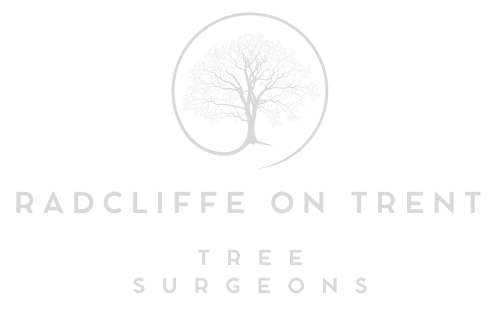Crafting Heritage: Reshaping Trees for Traditional Wood Inlay with Radcliffe on Trent Tree Surgeons
Introduction: In the realm of woodworking, few techniques evoke the timeless beauty and intricate craftsmanship of traditional wood inlay. From elegant furniture to ornate decorations, wood inlay has adorned countless creations throughout history, showcasing the natural beauty of different wood species. At Radcliffe on Trent Tree Surgeons, we’re passionate about preserving these age-old traditions, so we’re diving into the art of reshaping trees specifically for traditional wood inlay.
The Art of Wood Inlay:
A wood inlay, or marquetry or intarsia, is a woodworking technique that involves intricately fitting pieces of wood, stone, or metal into a solid wood surface to create decorative patterns or images. This meticulous craft requires a keen eye for detail, precision cutting, and a selection of high-quality wood with varying colours and grain patterns.
Selecting the Right Trees:
The foundation of exceptional wood inlay lies in the quality of the wood used. Different types of wood offer distinct characteristics that contribute to the overall aesthetic of the finished piece. When it comes to reshaping trees for traditional wood inlay, we prioritise species with desirable qualities such as:
- Fine grain patterns: Woods with intricate grain patterns enhance the visual appeal of inlaid designs, adding depth and complexity to the finished product.
- Rich colours: Variations in wood colour can create striking contrasts and subtle shading effects in inlaid patterns, allowing for stunning artistic expression.
- Stability and durability: Choosing stable and durable wood species ensures that inlaid designs remain intact and withstand the test of time, preserving their beauty for generations to come.
Reshaping Trees for Inlay-Worthy Wood:
Reshaping trees for traditional wood inlay involves careful pruning and shaping to encourage the growth of desirable characteristics such as straight, knot-free trunks and branches with uniform grain patterns. By selectively pruning and guiding tree growth, we can cultivate wood suited for intricate carving and inlay work.
Conclusion: Reshaping trees for traditional wood inlay is a labour of love that requires skill, expertise, and a deep appreciation for craftsmanship. Experts are honoured to play a part in preserving these timeless traditions and providing artisans with the highest quality wood for their creations. Whether you’re a woodworker seeking premium materials for your inlay projects or simply passionate about preserving heritage crafts, they are ready to help.
Call us on: 0115 647 1195
Click here to find out more about Radcliffe on Trent Tree Surgeons
Click here to complete our contact form and see how we can help with your tree’s needs.

